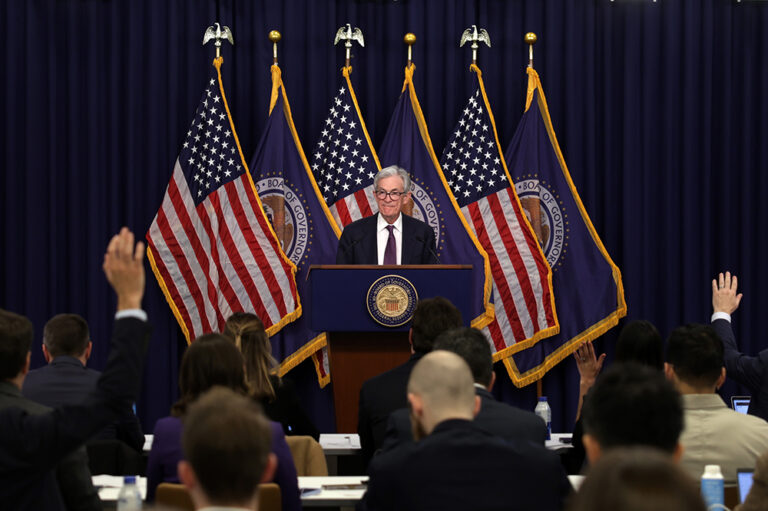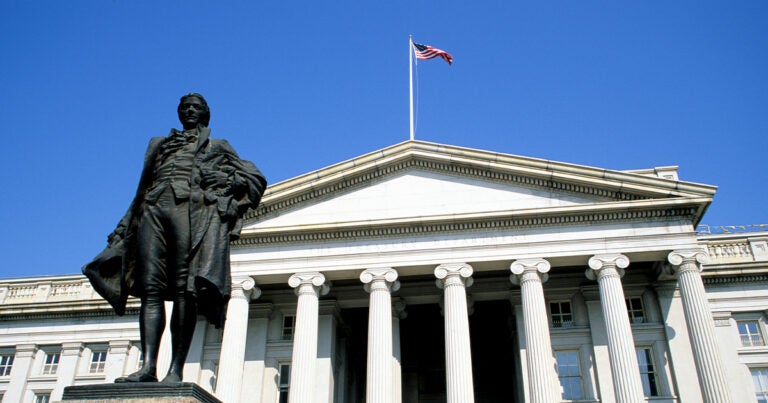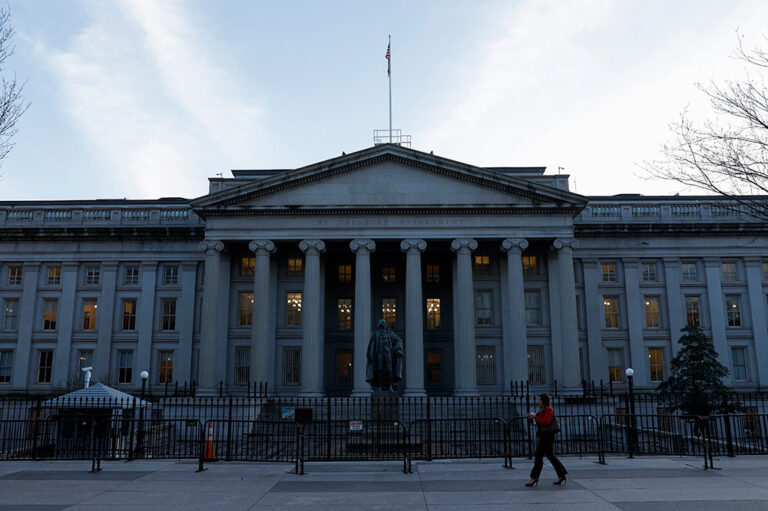Annual deficits are projected to remain above $1 trillion for the next 10 years, according to the Office of Management and Budget (OMB), which released its annual mid-session review on Friday. The report — which takes into account the Administration’s economic forecast and assumes the President’s legislative agenda is enacted — showed somewhat lower deficits than were anticipated earlier this year, owing to higher projections for economic growth. Nonetheless, the nation will remain on an unsustainable fiscal trajectory due to a structural mismatch between spending and revenues.
OMB estimates that the deficit for 2021 will be $3.1 trillion, $0.6 trillion lower than the $3.7 trillion deficit projected in May. Over the next 10 years, the cumulative deficit would total $13.9 trillion if the President’s policies were carried out; that total is $0.6 trillion lower than estimated in May. Nevertheless, debt held by the public relative to the size of the economy is still anticipated to exceed its all-time high of 106 percent of gross domestic product within the next few years.
While those small improvements in deficits are welcome, this OMB report is the latest reminder of the nation’s unsustainable fiscal trajectory, which has only been exacerbated by the COVID-19 pandemic. As the economy continues to recover from the pandemic, lawmakers should start working to address the challenges that contribute to the rising debt and put America on a better fiscal path.

Image credit: Getty Images
Further Reading
The Fed Reduced the Short-Term Rate Again, but Interest Costs Remain High
High interest rates on U.S. Treasury securities increase the federal government’s borrowing costs.
What Types of Securities Does the Treasury Issue?
Let’s take a closer look at a few key characteristics of Treasury borrowing that can affect its budgetary cost.
Quarterly Treasury Refunding Statement: Borrowing Up Year Over Year
Key highlights from the most recent Quarterly Refunding include an increase in anticipated borrowing of $158 billion compared to the same period in the previous year.


